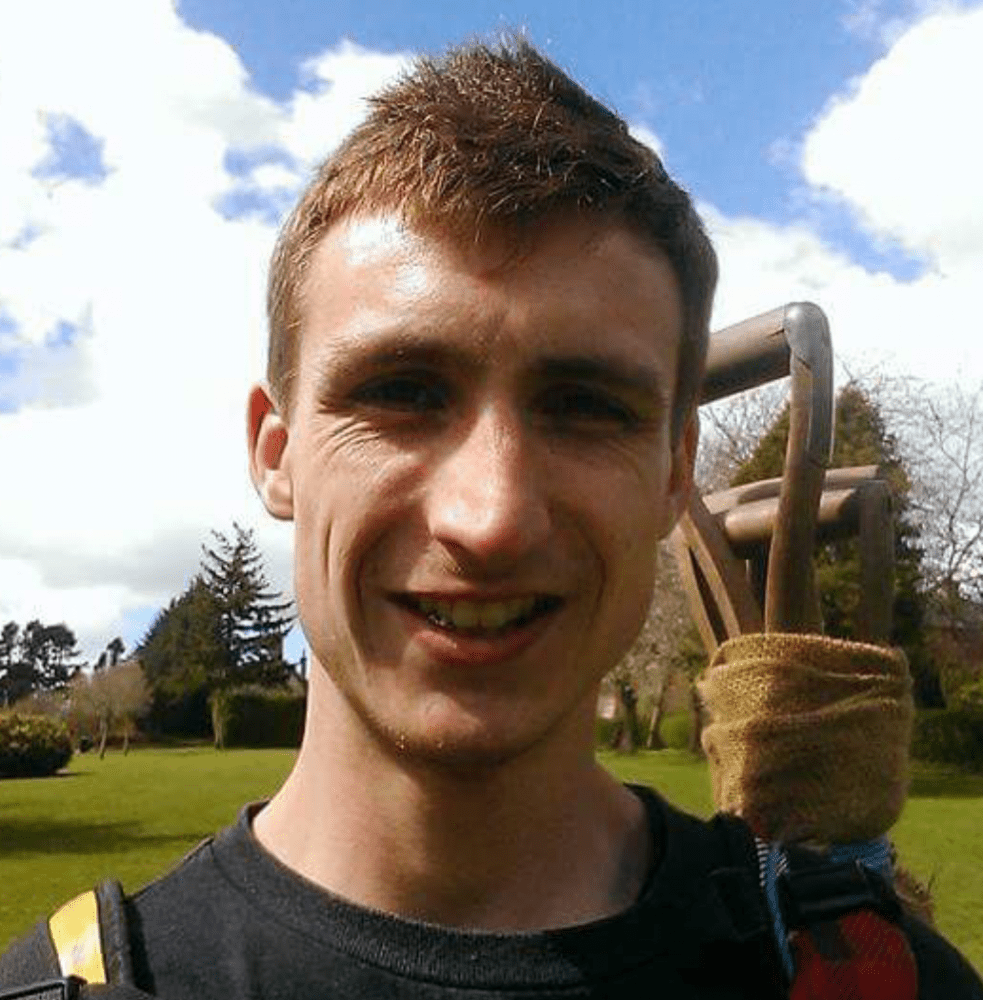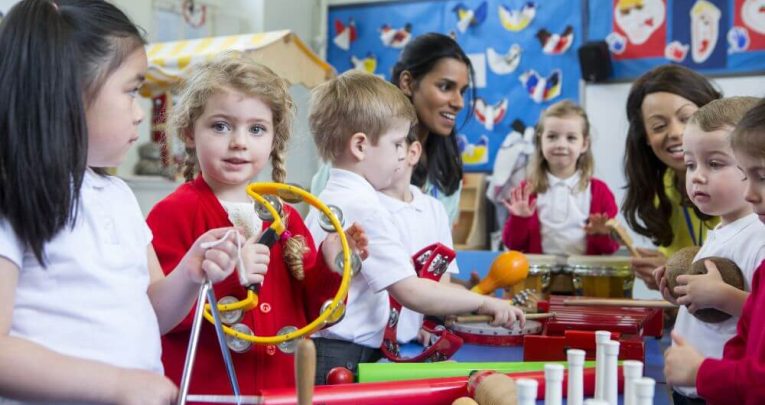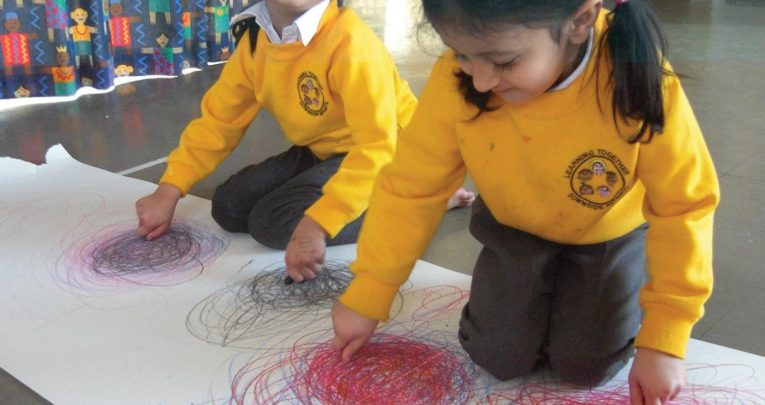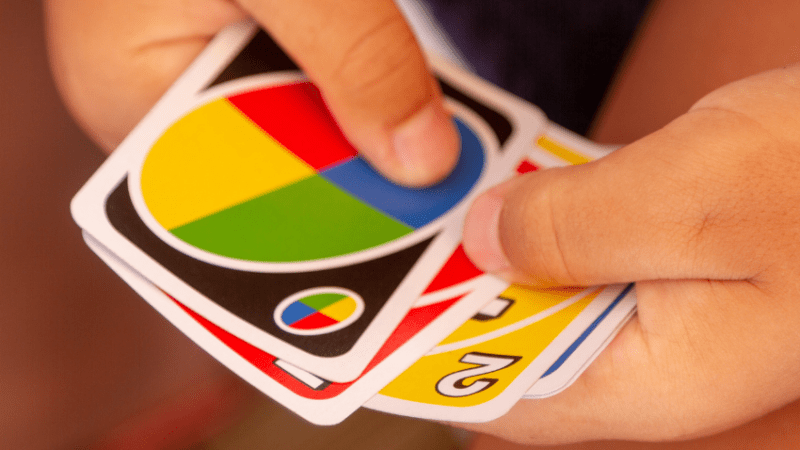Exploring Musical Opportunities Through Outdoor Learning In Early Years
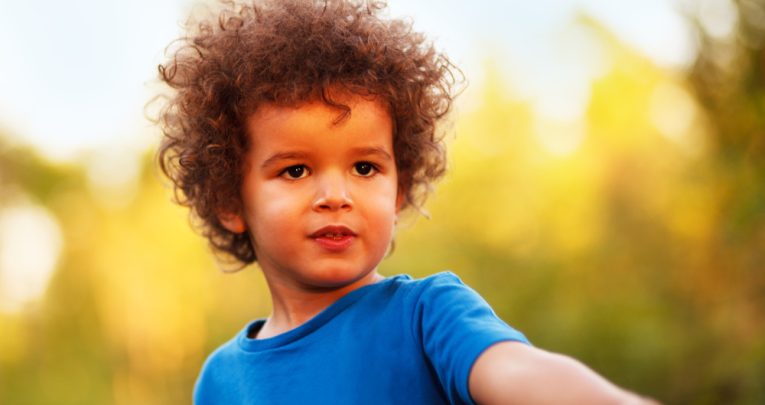
Opportunities for playing with sound and rhythm outdoors are everywhere, you just need to let your little learners find them
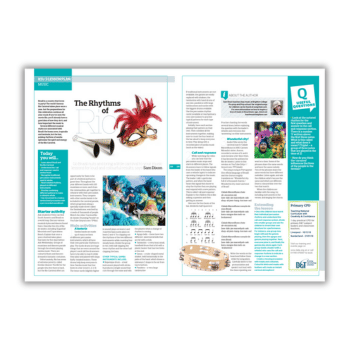
I believe that one of the most wonderful things about working with children in wooded areas and areas of local green space is these location’s ability to break down barriers.
I’m not sure who originally said it, but it has stuck with me and I believe it to be true – how can children bounce off the walls if there are no walls?
Many children find being indoors overwhelming. They may experience sensory overload or feel restricted and restrained by the indoors.
Children can find the freedom they need outdoors. They can be close to one another if they choose, or they can give themselves more room if they need it, giving them full control of their personal space.
They are not confined to the same rigid barriers that they will face inside, the corridors and the walls, or even us as practitioners – “Walking feet, Cara” or “Please use your indoor voice, Jamie.”
The outdoors allows children to make big actions, big noises and big movements. This freedom allows them to explore their limits, develop self-confidence and become masters of themselves.
The outdoors also offers a highly sensory experience as children can see, hear, smell, taste and touch. There is a richness accessible outside that cannot be matched by the indoors.
What do we mean by ‘music’?
As you may have guessed from the above, I am a big believer in using the outdoors as a learning space for children of all ages. However… I am not confident at all when it comes to music.
I wonder how many of you are like me. Completely at one with making a fool of yourself for the children’s benefit, taking a lead in an uncomfortable situation or going above and beyond your requirements for their sake. But you still have that one area that makes you freeze up and stop. For me, that area is music.
It has never been one of my ‘strong points’. For most of my life I would have argued that I am “not musical” – probably followed by a statement about how my brother inherited all of the musical genes and went on to study music at conservatoire.
Of course, as I work with children, usually in an educational setting, it was impossible for me to avoid music forever. My fear was that what I did with the children would not count as ‘real music’. This led me to ask, what is music?
The Oxford Dictionary defines music as vocal or instrumental sounds (or both) combined in such a way as to produce beauty of form, harmony, and expression of emotion. It follows this definition with the example: a sound perceived as pleasingly harmonious: “the background music of softly lapping water”.
To me, the key points in this definition are expression of emotion and perceived as pleasingly harmonious. This gives great scope for what we can call music.
Part of the musical Experiences and Outcomes in the Scottish curriculum ask learners “to discover and enjoy playing with sound and rhythm”, “express and communicate [their] ideas, thoughts and feelings through musical activities” and be “Inspired by a range of stimuli and […] express and communicate [their] ideas, thoughts and feelings through musical activities.”
All of a sudden music in the early years seems much less daunting to me. It means that children banging sticks off a log or boulder is music, running across a field while crying out in direct competition with the wind is music, listening to the birdsong is music, and rattling stones in the metal pot from the mud kitchen while your friend dances on a tree stump is most certainly music!
From birdsong to ‘boings’
In fact, the opportunities for music in the outdoors are endless – it’s just that sometimes it takes our little learners to find them.
In the past few weeks alone I have seen many displays of music from the children. A local birdwatcher pointed out to us a great spotted woodpecker. Amazingly, the small group of children were all calm and still enough to get a glimpse through his binoculars. We heard an accompanying chirping sound. The children enjoyed and appreciated this; it inspired them to make bird calls and ‘sing’ together as we ‘flew’ back to nursery.
On another occasion, two boys discovered that flicking the para-cord of the shelter made a ‘boinging’ noise; this led to them flicking every piece of rope, string and cord that we had out with us that day. It also led to the creation of junk modelling instruments in their afternoon session.
While playing in the rain during a typical Scottish summer, one of the girls discovered that the plastic pipe by the muddy puddle made a dull, hollow ‘thwump’ noise. This led to the ‘jumper’ in the puddle bouncing and splashing to the rhythm of their newly found percussion.
Embracing music
I am no longer intimidated by music in the early years, wondering how to teach correct techniques in the woodlands. I am now beginning to recognise that the children are already participating in a huge range of musical opportunities and as a practitioner I must try to recognise these.
I try to support, facilitate and extend their experiences where possible, rather than trying to ‘deliver a traditional music lesson’. There is a wealth of inspiration and potential musical opportunities out there – and once again, the barriers in my mind have been broken down by the outdoors.
Gordon MacLean is early years and parenting officer at Grounds for Learning.
LtL is a UK charity dedicated to enhancing outdoor learning and play for children. For services and resources for early years settings, visit ltl.org.uk.




